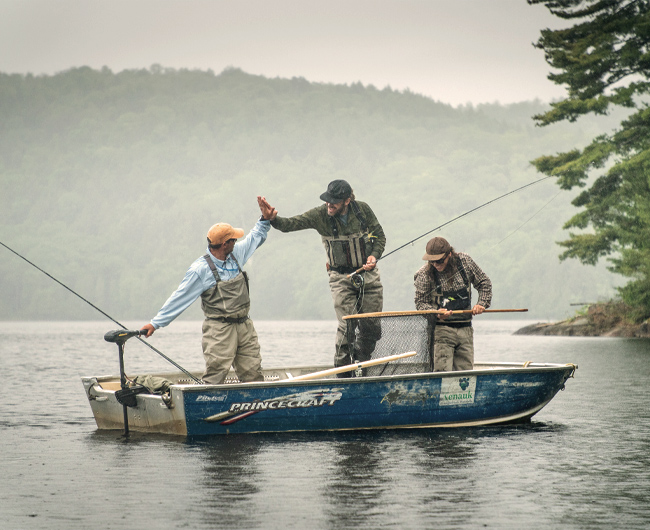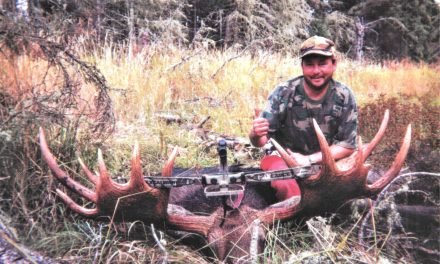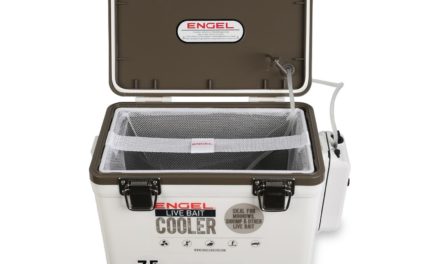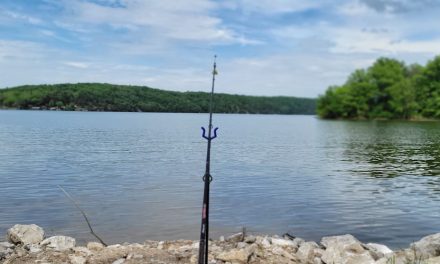This guide to catching catfish bait covers the basic regulations for using live bait, what species to target, and the legal methods for acquiring live fish for bait. Take note that rules and regulations differ from state to state and province to province. These 3 methods are guaranteed to work provided there is forage fish in the vicinity.
Things to Consider
Before fishing with baitfish at your local fisheries, please make sure to look up local regulations at your state’s conservation department’s website. Here are other considerations you should look into before using live bait:
- Does my state (or province) restrict catching bait to certain seasons?
- Which of these methods are legal?
- What species of bait am I allowed to catch?
- Does my state outline certain length limits?
- What are my daily limits?
Additionally, when using live bait, it is best practice to never release organisms from one waterway to another and never dump your leftover bait back into the water. Discarding unused bait may disrupt ecosystems and potentially cause the spread of an invasive aquatic species. Avoid doing this whenever possible.
How to Catch Live Bait for Catfishing
Method 1: Trapping
Trapping is an excellent technique for collecting small bluegill, sunfish, perch, minnows, and crayfish. Before selecting a trap for your application, make sure to choose one that meets your state’s guidelines on the dimensions for the throat opening and the trap itself. Also, your state may require you to check your trap within a certain amount of time. You’ll also have to label it with your full name and address or conservation number.
Here’s how to use a trap for catching bait:
- Bait your trap; I like to use bread to lure in minnows.
- Where you are fishing, find a shallow area with a current and rock debris.
- Find somewhere to tie your trap off to; tree limbs and large rocks work well.
- Place some weights in your trap to anchor it down; rocks are greats weights.
- Place your trap in the water next to the rock debris; crayfish and small fish like to live near rocks.
- Make sure to anchor your trap down to the bottom.
- Make sure to orientate your openings towards the current.
- Check your trap after several hours.
Method Two: Cast Net
Using a cast net is my favorite way to catch baitfish because you can effectively target gizzard shad or bluegill schools and pull up a substantial amount of fish with minimal effort. However, throwing a cast net does come with some initial learning curves, but it is worth it once you learn how to throw it correctly. When choosing what size of a cast net to buy, I recommend starting with a smaller sized one, about 4 to 6-feet in diameter, because they’re easier to handle. Then, when you get more consistent with your throws, you can always go up to a larger-sized cast net. Before purchasing your cast net, please check your state’s guidelines to see if there are any limits on what size net diameter and mesh you’re allowed to use.
Tip: Practice throwing your cast net at home in your yard. You can place a soda can or something that won’t ruin your cast net in your yard and practice aiming at it, making sure to throw consistent circles each time. Once you feel comfortable enough with throwing your cast net, it is time to take it to the waters. The ideal place to find baitfish is by targeting areas with structure. These tiny baitfish like to hang out near structures like fishing docks and floating debris.
Method Three: Rod and Reel Fishing
When fishing for small baitfish like sunfish and perch, I recommend picking up either an ultralight or light action rod and lining it with some clear monofilament 6-pound-test. Fishing with a lightweight set-up like this will give you the sensitivity you need to feel the bite of these smaller fish.
If you’re targeting bluegill or other sunfish species, the most common technique is to use a slip bobber rig. Here’s how to set up a slip bobber rig:
- Get some rubber bobber stoppers; trust me, the rubber ones are worth every penny.
- Thread your line through the eyelet above the rubber bobber stop.
- Give yourself a couple of inches of slack to work with.
- Pinch the tail end of your line, back towards your main line.
- Pull the rubber bobber stop onto your line until it’s entirely over the tail end.
- Keep pulling your bobber stop up your main-line to where it’ll be above your split bobber.
- Cut off just the tail end of your line that got pinched by the bobber stop.
- Thread a small bead up to the bobber stop.
- Attach a split bobber under the bead; set your bobber from 1 to 3-feet deep.
- Tie a small hook at the end of the line; use a size six to 10 light wire long shank hook.
- Clip the tag end.
- Attach a small split shot weight a few inches above your hook.
- Bait your hook; live bait like small mealworms or crickets.
Dealing with Unused Bait
Live bait is an all-around excellent baiting method for catching catfish, especially if you’re trying to lure out those more mature catfish from their holes. You can choose various techniques to catch live bait for catfishing, including trapping, throwing a cast net, and using your everyday rod and reel. Additionally, after a day of fishing, please remember never to dump your bait buckets. Disposing unused bait into the waters can lead to the spread of invasive aquatic species and likely ruin your favorite fishing holes.
We hope you enjoyed this guide on how to catch live bait for catfishing. Good luck and happy catfishing!









 E-Newsletter
E-Newsletter